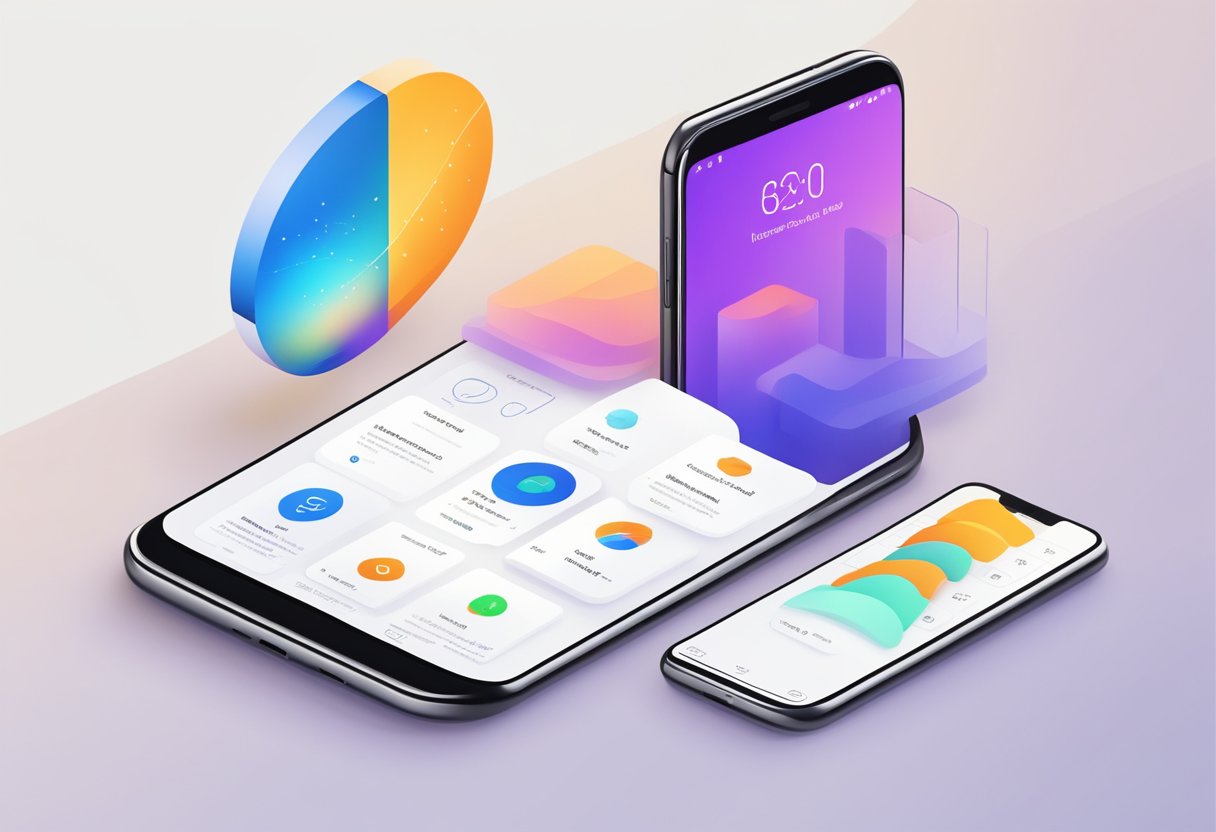React Native is a popular framework for building mobile apps. It allows developers to use a single codebase to create apps for both iOS and Android platforms, which saves time and resources. However, optimizing React Native apps for low-end devices can be a challenge. These devices have limited resources, including CPU, memory, and battery, which can affect the app’s performance and user experience.

Efficient resource management is crucial for optimizing React Native apps for low-end devices. Developers need to be mindful of the app’s memory usage, CPU usage, and battery consumption. They should also consider the device’s screen size and resolution, as well as the network connectivity. By optimizing these factors, developers can ensure that the app runs smoothly on low-end devices, providing a better user experience.
In this article, we will explore the best practices for optimizing React Native apps for low-end devices. We will cover various techniques for efficient resource management, including reducing the app’s memory footprint, optimizing CPU usage, and minimizing battery consumption. We will also discuss how to optimize the app’s performance for different screen sizes and resolutions, and how to handle network connectivity issues. By following these best practices, developers can create high-quality React Native apps that run smoothly on low-end devices.
Índice De Conteúdo
Performance Optimization Strategies
Efficient JavaScript Code
One of the most important factors in optimizing React Native apps for low-end devices is writing efficient JavaScript code. This means avoiding unnecessary calculations, minimizing the use of loops, and reducing the number of function calls.
Developers can use tools such as the React Profiler to identify and optimize performance bottlenecks in their code. Additionally, using libraries like Lodash can help in writing more efficient code by providing optimized functions for common operations.
Reducing Render Cycles
Another key strategy for optimizing React Native apps is reducing the number of render cycles. This can be achieved by minimizing the number of state changes and avoiding unnecessary re-renders.
Developers can use the shouldComponentUpdate lifecycle method to determine whether a component needs to be re-rendered. This method can be used to compare the current state and props of a component with its previous state and props, and return true or false accordingly.
Image Optimization
Images can be a major source of performance issues in React Native apps, particularly on low-end devices. To optimize image performance, developers should use the appropriate image format and size for each device.
One approach is to use responsive images, which are images that are optimized for different screen sizes and resolutions. Developers can also use tools like ImageOptim to compress images and reduce their file size without sacrificing quality.
By implementing these performance optimization strategies, developers can ensure that their React Native apps run smoothly and efficiently on low-end devices.
Memory Management Techniques
React Native apps can consume a significant amount of memory, which can be problematic on low-end devices. To ensure that your app runs smoothly on such devices, it’s crucial to implement efficient memory management techniques. Here are some effective memory management techniques that you can use to optimize your React Native app for low-end devices.
Managing Component State
One of the essential aspects of memory management in React Native is managing the component state. When a component state changes, React re-renders the component and its children, which can consume a lot of memory. To avoid this, you can use the shouldComponentUpdate lifecycle method to prevent unnecessary re-renders. You can also use the PureComponent class instead of the Component class to automatically implement the shouldComponentUpdate method.
Optimizing Dependencies
Another way to optimize memory usage in React Native is to optimize your app’s dependencies. You can use tools like yarn or npm to analyze your app’s dependencies and identify any unnecessary or outdated packages. Removing these packages can significantly reduce your app’s memory footprint.
Garbage Collection Best Practices
Garbage collection is the process of automatically freeing up memory that is no longer in use by an app. In React Native, garbage collection is performed automatically by the JavaScript engine. However, you can optimize garbage collection by implementing best practices like avoiding circular references, minimizing the use of global variables, and using the delete keyword to remove object properties.
By implementing these memory management techniques, you can significantly improve the performance of your React Native app on low-end devices.


1 comentário em “Optimizing React Native Apps for Low-End Devices: A Guide to Efficient Resource Management”